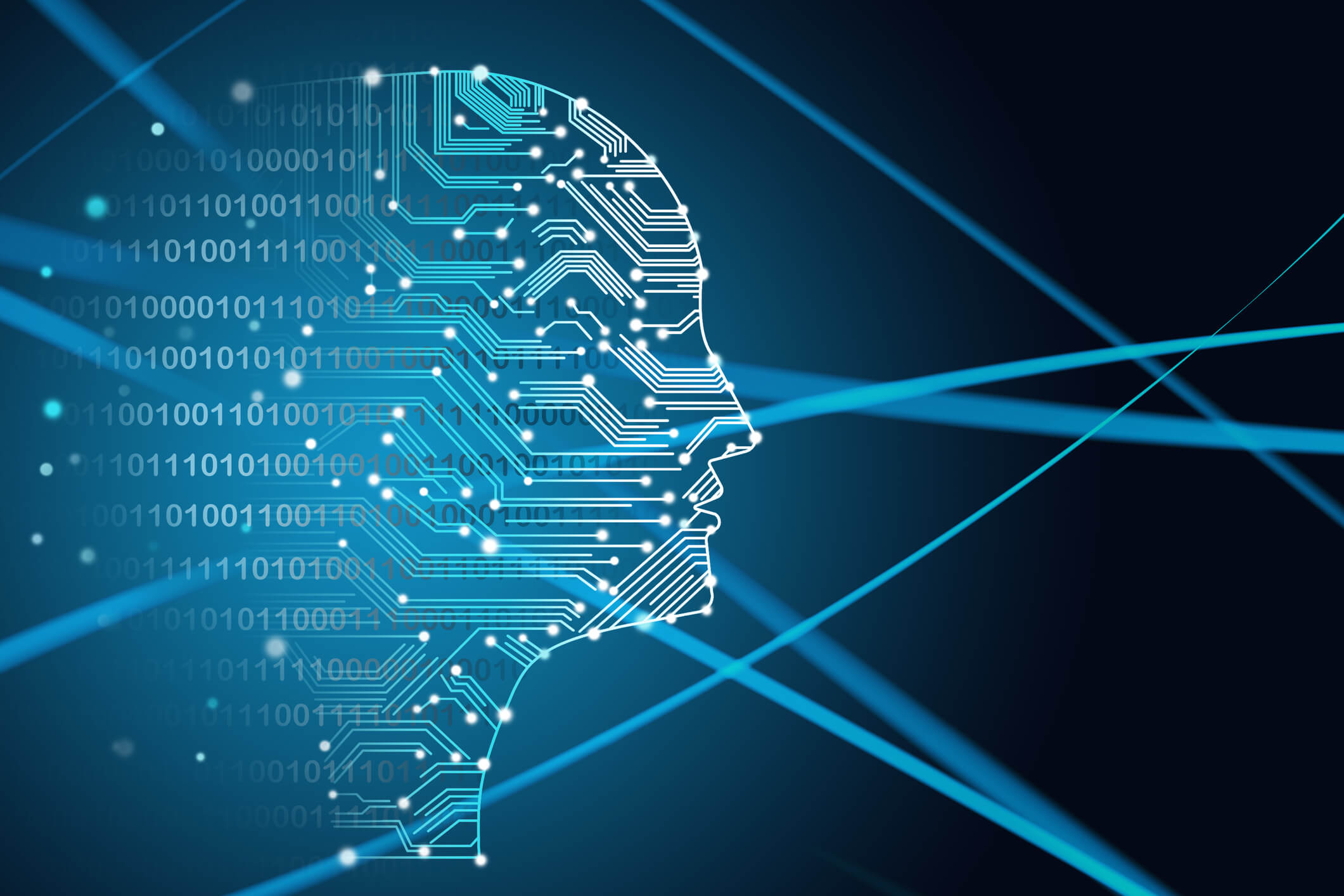Artificial intelligence (AI) is a field of computer science dealing with algorithmic problem solving that can sometimes simulate or replicate human decisions. A subset of AI is machine learning, which allows computers to build and employ statistical models to extract useful information from complex data sets, typically after processing very large, standardized “training” data sets; AI and machine learning systems can rapidly identify, classify, and spot associations between variables.1
These systems are able to analyze complex data sets such as CT and MRI scans, extracting actionable information from them, and providing cancer care teams with precise and detailed insight into patients’ care. They can do so without fatigue errors or subjective human biases, but might be prone to other quirks and inaccuracies, potentially including unintended racial biases.1-4
Despite breathless headlines and talk about what some experts believe to be a quixotic quest for “general” artificial intelligence akin to human brain function and consciousness, that goal remains — for now at least — the stuff of science fiction movies. Healthcare AI applications depend on narrowly construed, task-specific tools designed to automate, streamline, and improve the accuracy of diagnostic image acquisition and interpretation, treatment planning, and some aspects of patient management.1,2,4-9 Numerous such AI tools are in development, and although some have been approved by the US Food and Drug Administration (FDA), few are yet in widespread, routine clinical use.8 However, that is likely to change rapidly in the coming years, and radiation oncology team members need to begin to familiarize themselves with the technology and to think about its potential limitations.
AI Applications in Radiation Oncology
AI tools are in use and in development for application throughout the radiation therapy workflow, from patient evaluation and treatment planning and simulation, quality assurance (QA), interdose plan adaptation, and follow-up patient care.8
Radiation Oncology Workflow
Steps in radiotherapy workflow with potential AI applications8:
| Treatment decision support tools synthesizing data from clinical, genetic, and imaging data |
| Treatment planning, simulation, and replanning or plan adjustment, using image data to optimize radiation beam configurations and dosimetry |
| Quality Assurance and plan review and approval |
| Scheduling to avoid delays between radiotherapy and follow-up monitoring appointments, considering the clinic’s individual patients’ treatment plans, appointment durations, and other factors to optimize scheduling and clinic workflow |
| Patient positioning and setup |
| Treatment delivery and image guidance, motion detection |
| Treatment response assessment |
| Follow-up care, including prediction of treatment response and prediction of radiotoxicities and adverse events |
Patient consultation and evaluation involves a systematic review of patient signs and symptoms; medical history and comorbidities; and information from biopsies, lab and genetic testing, and imaging.8 The amount of such data climbs by the year, highlighting the value of AI in assisted analysis and clinical decision making.4,8 AI tools can incorporate myriad variables from different exams and facets of a patient’s medical history and physical examination to inform treatment selection and prediction of treatment response.8
